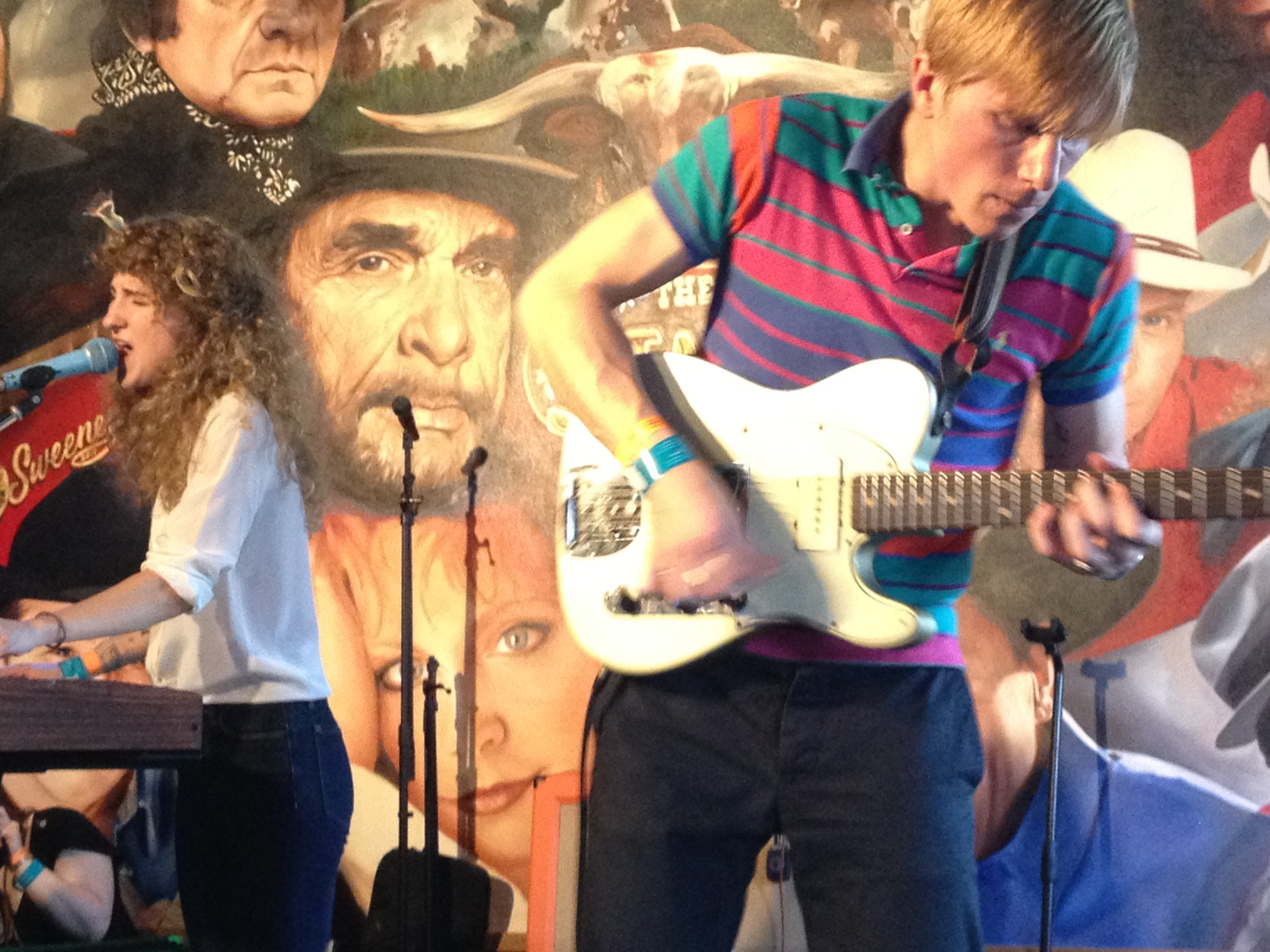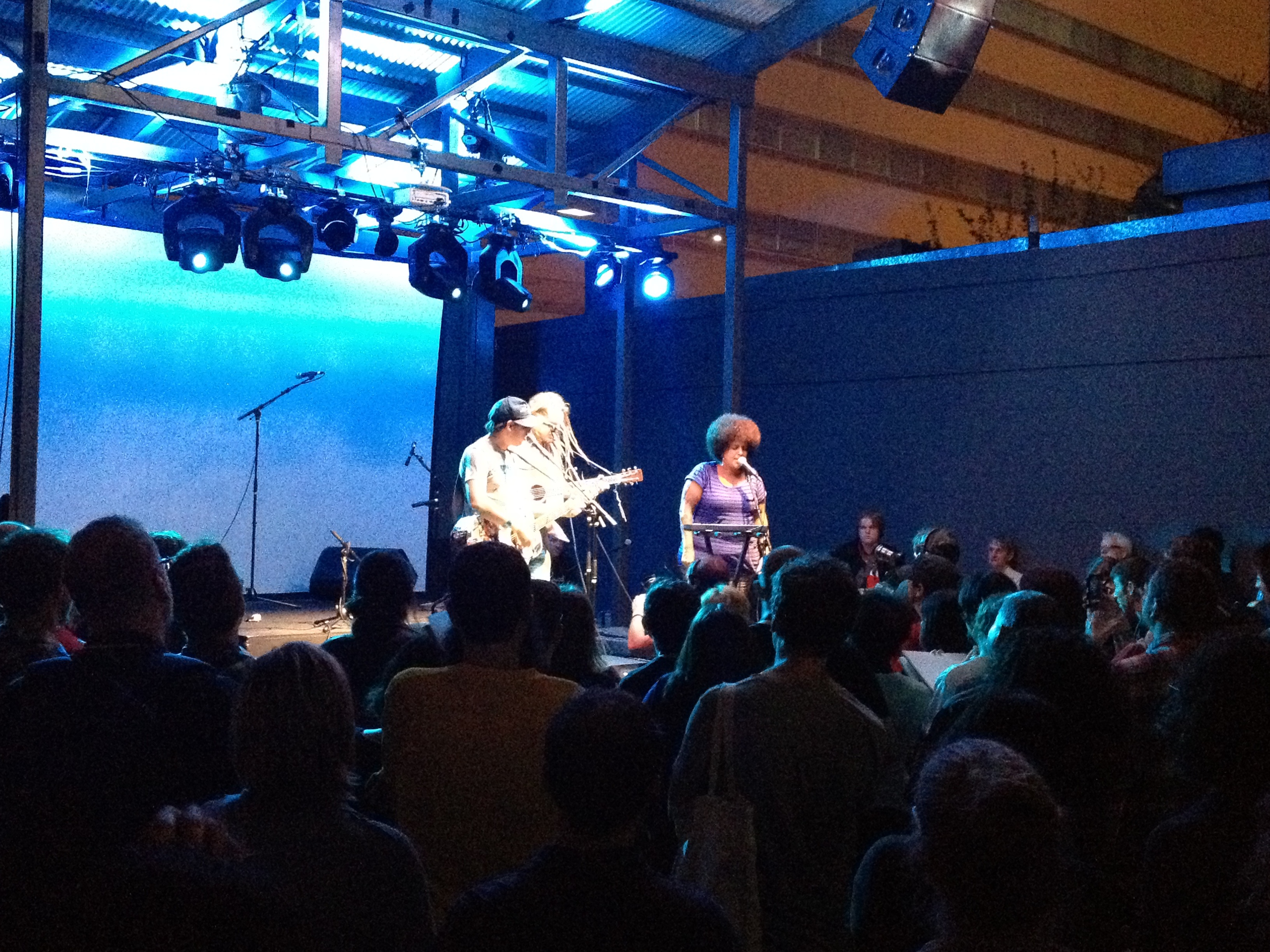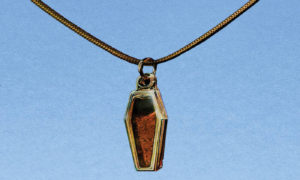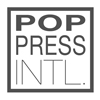By the time Friday of SXSW dawns, if you aren’t battling exhaustion and the uncertainty of wondering if you’re hung over or still plain drunk when you wake up at noon, you clearly didn’t read the SX instruction manual.
Friday is typically the day that SPIN holds it’s annual, invite-only party at Stubb’s. The tradition is one of the surest bets for a good show. This year’s lineup proved no exception, with some of the most talked about artists in town, including Santigold and Best Coast, filling the bill. We picked up our wristbands around noon, just as Spoek Mathambo got things started.
Chairlift’s electronic rock propelled the party forward and upped the momentum. Despite Stubb’s’ outdoor location and large capacity, the venue’s sound is often some of the best at SXSW during the day. Whether it’s the venue’s suggestion or more reasonable sponsors, the lineup on any given day is reasonably paced, allowing for adequate time to sound check. This is in part, due to the use of their indoor stage, on which a hip-hop-centric bill showcased their rhymes. Buzzworthy names like Big K.R.I.T and Mr. Muthafuckin’ eXquire played to a packed room, that had a line almost as long as the one to enter the main venue.
After a battle with ourselves on whether or not to stay and see Best Coast, one of the artists to which we were most looking forward, but had already seen, or head to Kimbra to ensure our entry to the always popular Fader Fort, we chose the latter and begrudgingly headed out.
We avoided any line at the Fader Fort and edged our way down front for the end of Mr. Muthafuckin’ eXquire’s set. (Hey, wasn’t he just at Stubb’s? Oh, the busy schedule of the SXSW showcasing artist.) Perhaps the heat or the workload of the festival was taking it’s toll, because the energy was waning until GZA appeared on stage for the final few songs, pumping up the crowd and adding a needed jolt of excitement to the performance.
Kimbra had a surprisingly small turnout in light of what we expected. Of course, the Fort was crowded, but not as frantically packed as it might have been. It didn’t stop Kimbra from delivering a great set, donned in a flamenco-esque red and white dress, short in the front with a long train in the back. She moved the audience with her upbeat, poppy numbers, illustrated clearly by the memorable “Settle Down.”
Despite our desire to stick around for Blood Orange and The Dream, we bailed to make our way to eat before heading to the Moody Theater for Magnetic Fields. Yes, we know that we’re basically fanboys who see the same artists multiple times, but they almost never make it down to Texas on tour – give us a break. After a veggie bbq sandwich, we staked out our spot in line. The mix of people was odd, between the thirty-somethings in front of us insisting that The War on Drugs was the greatest band at the festival this year, and the guys behind us who were in line at 7:00 for latin rock artist Juanes.
After making our way into the venue, and checking out the great view from the swanky W hotel balcony, we centered ourselves down front for one of the performances we’d been looking forward to since the lineup for SXSW 2012 was announced months ago.
Okay, listen, we’re willing to give The War on Drugs another shot down the road. It’s day four of SXSW, and everyone is off sometimes, but we just didn’t get it. It was definitely loud and epic. Seriously, explain it to us; we’re open-minded people.
The Magnetic Fields’ set consisted largely of songs played at their day show, with some added bonuses, namely “Reno, Dakota” from their magnum opus 69 Love Songs. Merritt became frustrated with some talkative attendees in the balcony and passive aggressively commented about talking at shows. When this did nothing but provoke the pocket of noisy viewers, Claudia also chimed in, and the audience began loudly shushing the group. Backup vocalist Shirley Simms was recovering from an illness, which prevented the band from playing songs like “Papa Was a Rodeo,” which utilize her skills. Live, Merritt chooses to rearrange songs to be quieter, sometimes even more nuanced than on recordings. It’s an intriguing decision that makes the band ripe for auditorium and music hall performances. The Moody Theater was a good choice for the band’s performance; one can only imagine how much tension would have risen from a Red River bar set.
From the Moody, we headed over to ND, a tiny club just east of IH-35, to catch Cults. We showed up before Maps and Atlases took the stage. Having been only vaguely familiar with their work before seeing them, their show was a wonderful surprise. The band’s mathy brand of pop unabashedly recalled a late 90s Chicago sound as their loyal followers chanted and danced in the first row of fans. The audience engagement surpassed any we had seen at the festival thus far, a refreshing reminder that the most devoted fans and moving bands are often smaller and more unknown. This fact is a pillar that SXSW was originally built upon.
During the set change, we found ourselves somewhat anxious about the upcoming Cults set. The band’s debut was a sonically divergent blend of reverbed samples, blatant distorted guitar, 50s pop and indie rock – a hard palette to capture live. However, Cults succeeded for the most part. As always, with a live show, some of the most subtle elements of the songs, as well as vocalist Madeline Follin’s voice, found it difficult to make themselves present at times. However, who can blame a band for the ongoing difficult of hurried SXSW sound systems? By and large, Follin belted out lyrics with force as she swayed to the music, smiling. Also notable was the band’s static like video display that washed over the entire stage, rather than just a screen. This impossible to clearly discern white noise of light mirrored the band’s auditory approach to songwriting perfectly. Ending our night with this set quenched our indie pop thirst. One more day to go.


























